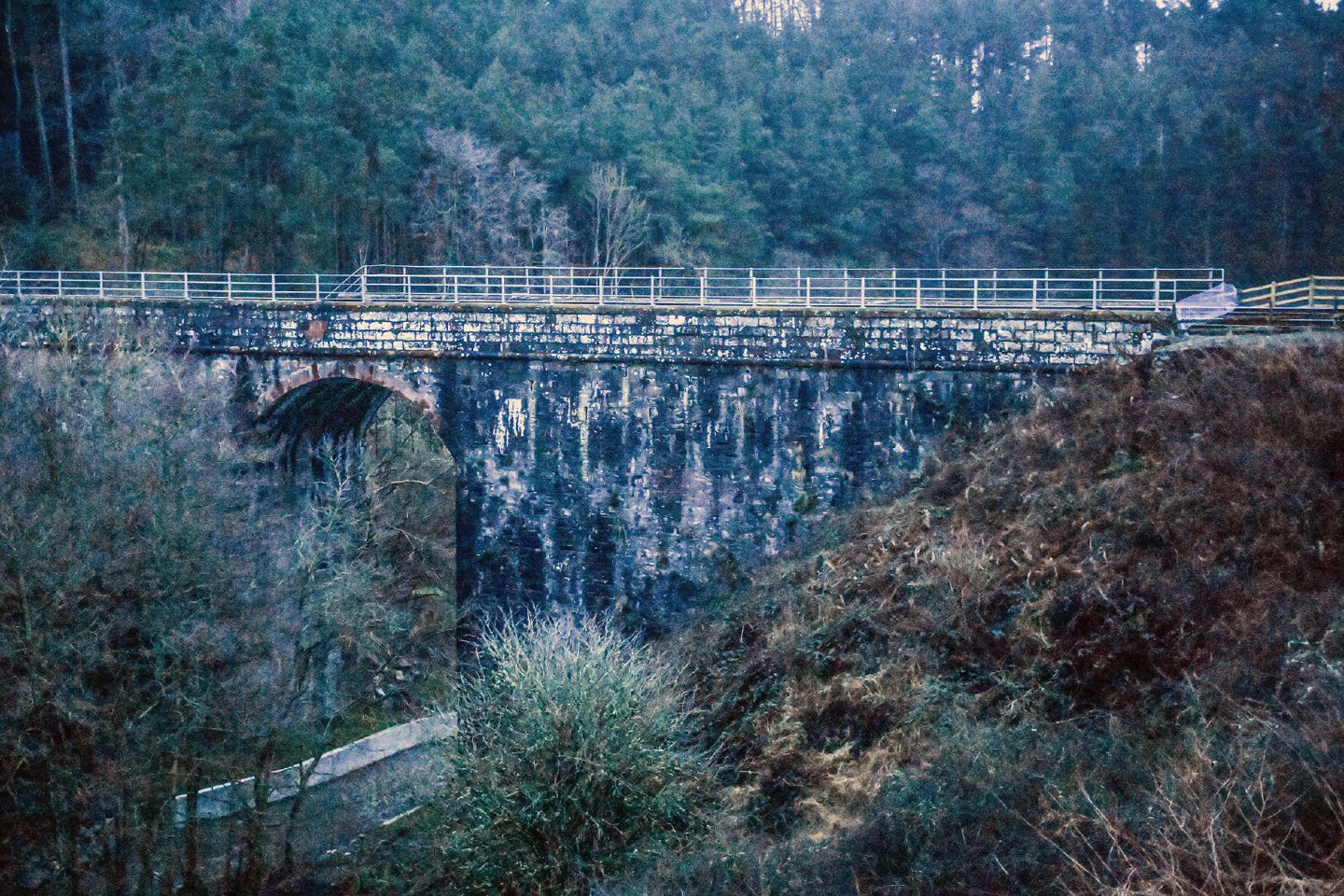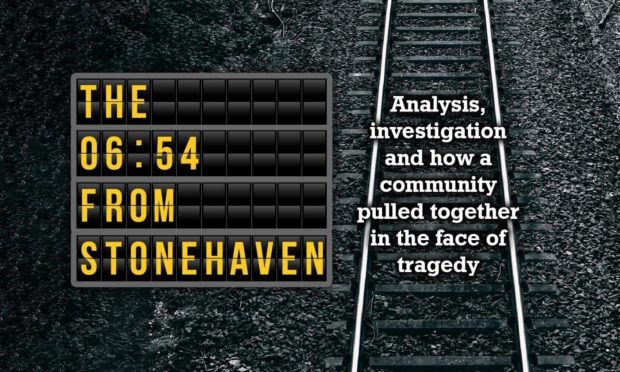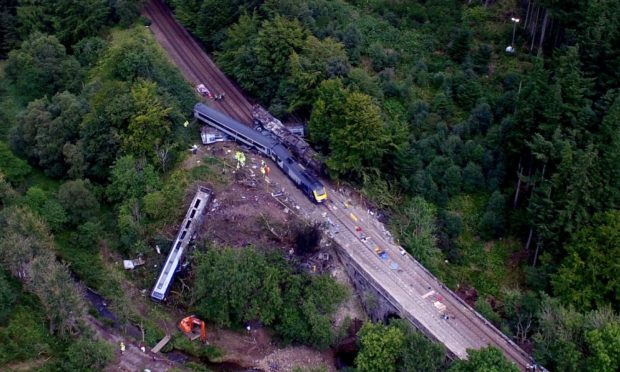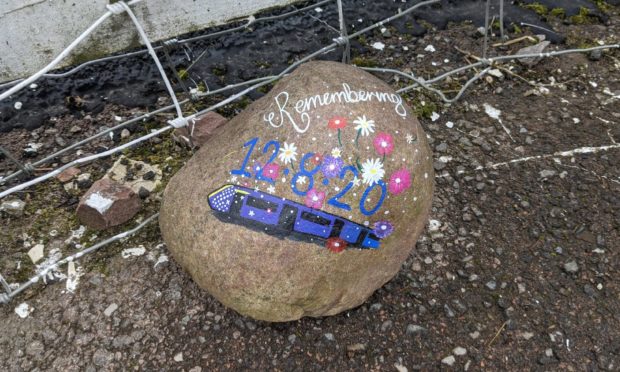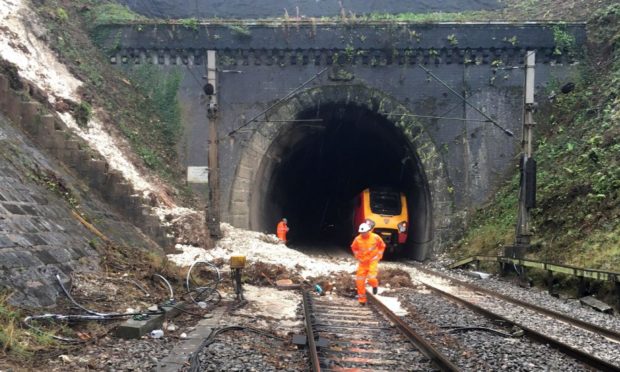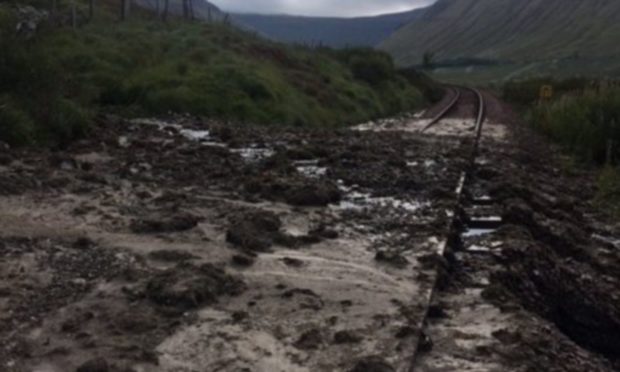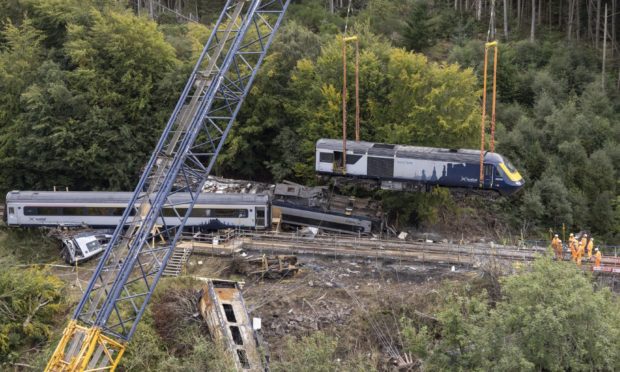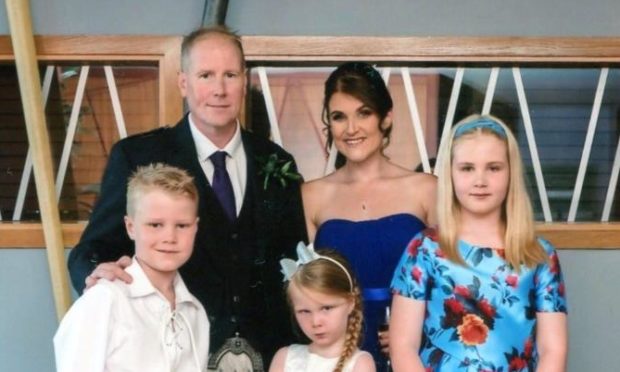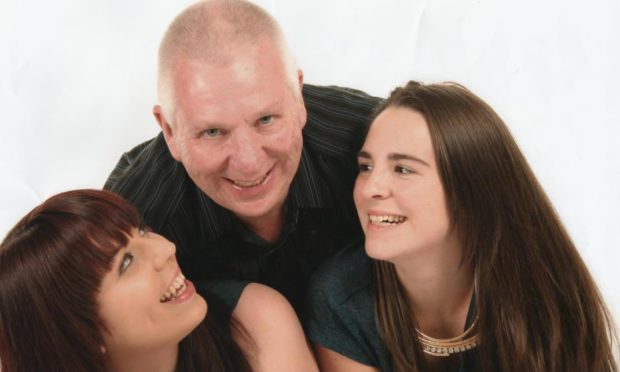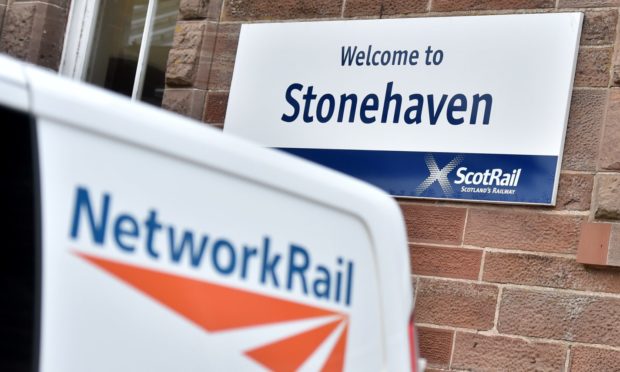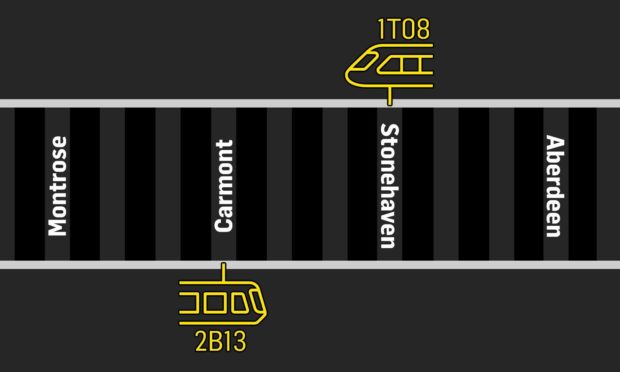A train broke the speed limit on a stretch of line where rain had eroded an embankment, despite safety rules being tightened in response to the Stonehaven derailment.
The latest of three rail safety incidents to emerge took place near the village of Beattock in Dumfries and Galloway on December 20.
It happened four months after authorities changed rules in response to the fatal Stonehaven rail crash, in which heavy rain and embankment erosion were also factors.
The rain was so heavy on December 19 that Network Rail had to shut a section of the West Coast mainline between Motherwell and Carlisle due to flooding at Beattock.
⚠️ We've had to close the West Coast Mainline due to flooding at Beattock. We've worked through the night and work continues until we can reopen the line. We'll keep you updated. #WCML@AvantiWestCoast @TPEassist @CalSleeper @GBRailfreight @DBCargoUK @RailFreight @NetworkRailLC
— Network Rail Scotland (@NetworkRailSCOT) December 19, 2020
The authority said heavy rain had caused “a huge amount of water” to flow onto the railway.
We're sending more staff and equipment to the flooding site, and we'll be carrying out a full inspection. Heavy rain overnight has caused a huge amount of water to flow onto the railway.
— Network Rail Scotland (@NetworkRailSCOT) December 19, 2020
The line was inspected before being reopened – in line with operating rules – but rail authorities were still concerned there could be a safety risk posed by eroded material washed onto the line.
As a result, train drivers were told there was a temporary 5mph speed limit in place at Beattock.
This is known as “travelling under caution” – a speed slow enough to allow drivers to check material had not been washed from the embankment onto the rail lines.
When approaching the area at 12.25pm on December 20, the driver of one train applied the brake but the train still travelling 45mph by the time it entered the speed-restriction area.
The train continued on its journey safely.
Network Rail made operating rules stricter following the August 12 crash, which killed driver Brett McCullough, conductor Donald Dinnie and passenger Christopher Stuchbury.
Its report, released in September, said: “We issued an emergency instruction on August 18 on our management of earthworks during adverse and extreme weather that adds to our existing procedure to either reduce train speeds or withdraw services until we have completed safety checks on the infrastructure.”
As part of an in-depth investigation into the Stonehaven derailment, Brett McCullough’s sister Salina told us of her desire for Network Rail to make the UK rail network safer after she disputed its claim that it is one of the safest rail network in Europe.
The Rail Accident Investigation Branch revealed details of the Beattock incident today.
It is the third rail safety issue to come to light in recent months.
On December 4, two trains travelled at more than 100mph near Laurencekirk despite a temporary speed limit being.
Then on January 15, railings on a bridge collapsed at Tewel less than a mile from the derailment site and the line between Stonehaven and Montrose is shut as a result.
Rail authorities took steps to inform the families of those who lost loved ones in the Stonehaven crash about the publication of reports relating to the Beattock incident and Laurencekirk speeding incident.
A Rail Accident Investigation Branch report said: “We have undertaken a preliminary examination into the circumstances surrounding this incident.
“Having assessed the evidence which has been gathered to date, we have decided to publish a safety digest.
“The safety digest will be made available on our website in the next few weeks.”

